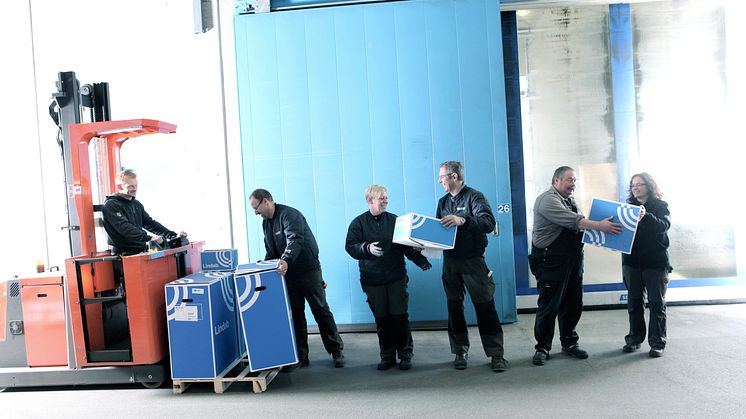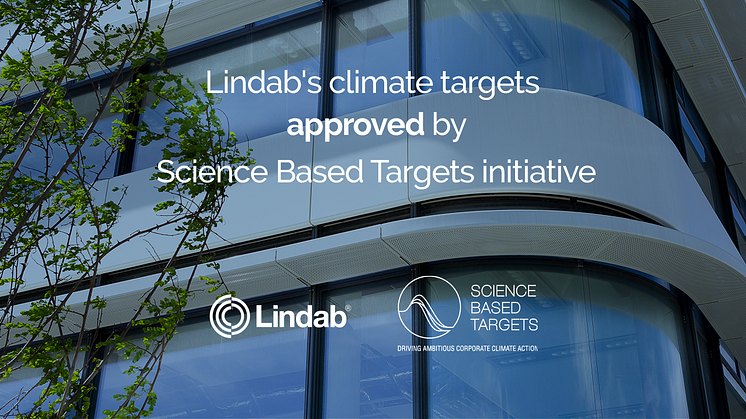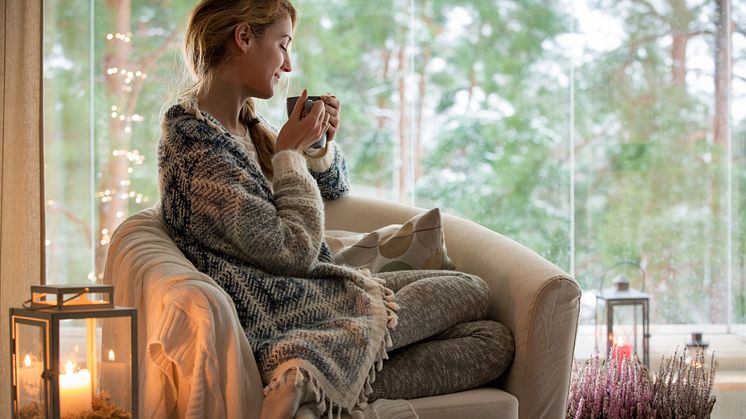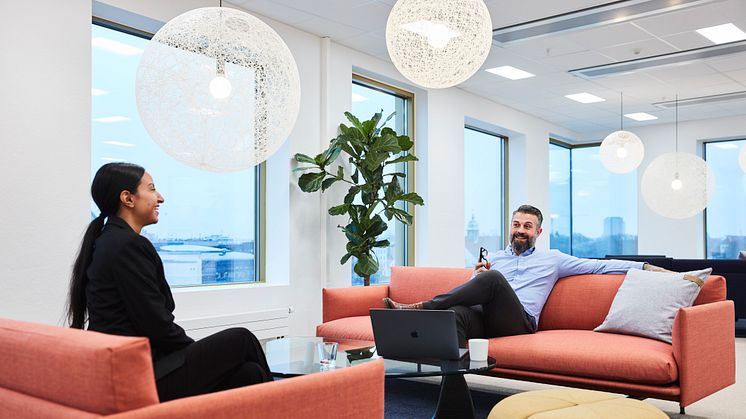
Lindab Croydon Closure: Streamlining Local Services for Enhanced Efficiency
On Friday, November 22, 2024, we will close our trade counter and warehouse operations in Croydon.

On Friday, November 22, 2024, we will close our trade counter and warehouse operations in Croydon.

The Science Based Targets initiative (SBTi) is an international framework for science-based climate targets in line with the Paris Agreement's goal of limiting global warming to 1.5°C. After a process of submitting data supported targets, including a long-term net-zero target for external validation, it is now established that Lindab’s emission reduction targets have been approved by SBTi.

Temperature is one of the main factors that determines how comfortable we feel indoors. Both high and low temperatures can affect mental ability, work capacity, strength and mobility. How we experience temperature varies from one individual to another, depending on for example age, clothing and health.

Black Friday Sale

VOCs have short and long-term effects on health. So how can VOC levels be reduced to minimise the impact?

As winter approaches, sealing your home can trap stale air and pollutants. Lindab’s residential ventilation systems offer a solution by circulating fresh, filtered air while retaining warmth and energy efficiency, ensuring a healthier and more comfortable home this winter.

Through research, advocacy, and education, FGK works to promote healthy, energy-efficient, and sustainable indoor environments. An FGK Literature Review highlights a critical link between indoor air quality and productivity, concentration, and health in schools and workspaces

Lindab Ltd is thrilled to announce its recent partnership with the Construction Leadership Council (CLC) as a Construct Zero Partner.

Relative humidity is the amount of moisture present in the air. When it goes below 30% you may experience irritation and discomfort. When it goes above 60% the presence of moisture and dirt can cause mould and other biological contaminants to thrive. Too much humidity can also cause damage to the building.

Lindab are offering another unmissable seasonal sale exclusively to their webshop customers. To take advantage of the End of Summer Sale, register your account now!

Let’s talk a bit about particulate matter, or airborne particles. Airborne particles are a form of air pollution. Particles are found everywhere, especially on carpets, upholstered furniture and other fabrics. They can affect your lung function and worsen respiratory conditions such as asthma.

Carbon dioxide is normally used as an indicator of air quality. When the carbon dioxide levels are high it’s an indication of stagnant, stale air which normally has more particles and emissions which in turn can cause other problems both for your health and for the building.